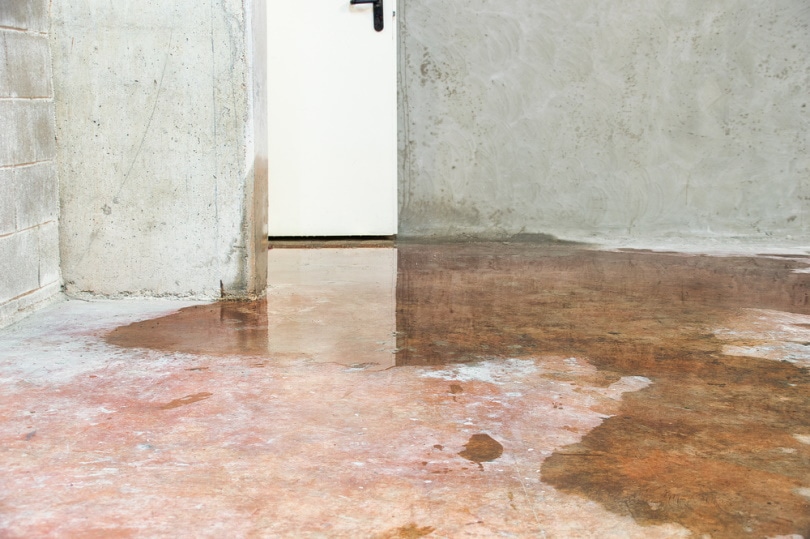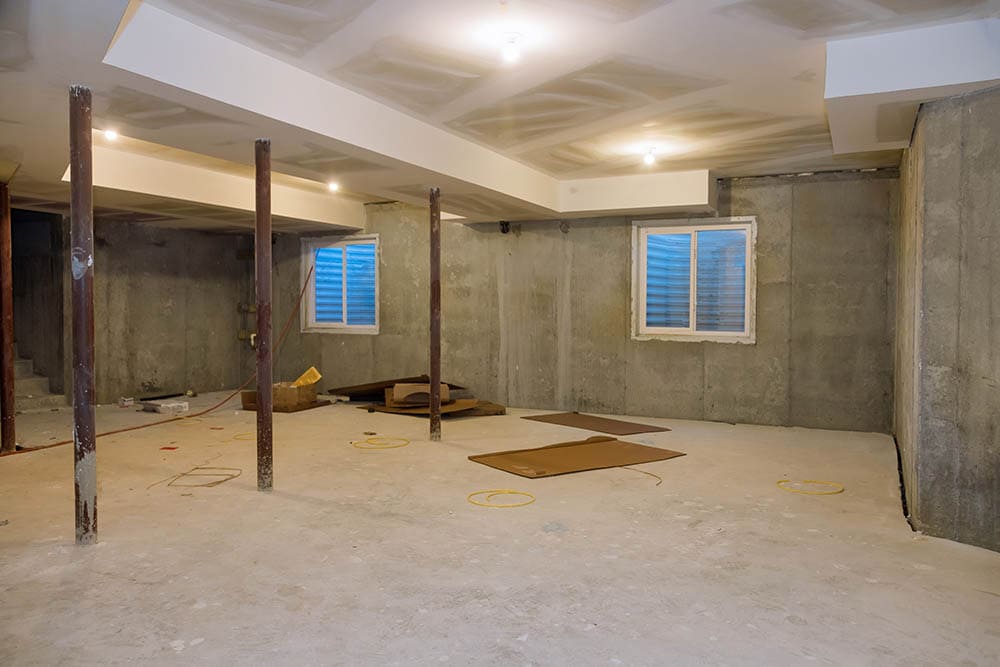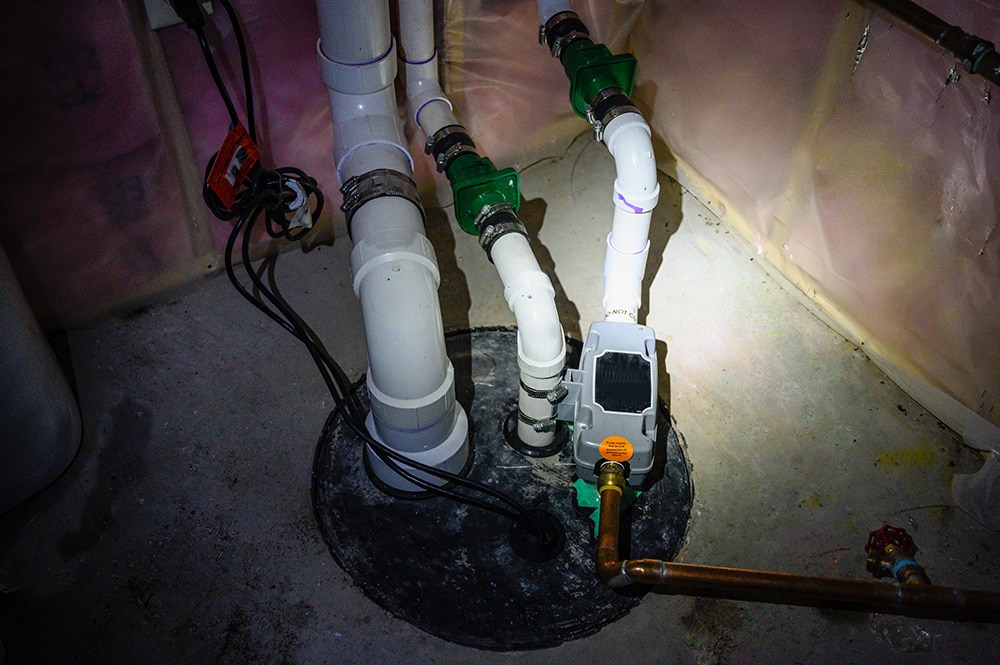My Basement Leaks Where the Wall Meets the Floor: Reasons, Sealing, & FAQ
-

- Last updated:

A major problem of owning a home is dealing with leaks, especially basement leaks. Many homes can experience basement leaks. However, leaks between the floor and the wall (cove joint) are most common.
The issue is not unusual, which is the first thing to keep in mind. There are many complications with leaks at this joint, as this leak is more difficult to seal off, and the area is vulnerable to leaks and damage during severe rainfall because it is a component of the home’s foundation.
Let’s look into how this leak happens and how you can prevent it.
What Is a Basement Wall Leak?
Your basement was made by digging a sizable pit and filling it with concrete. The concrete footing ultimately supports your foundation walls poured in the basement, which also keeps it from rising or settling.
The cove joint, which restricts lateral movement, is the area where the wall meets the footing. However, the wall and footing do not converge.
There exists a space between them for water to penetrate because they are still separate objects. A cove joint leak can occur in a basement when water seeps into the area between the footing and the wall.

How Do Basement Leaks Occur?
Finding the precise cause of your basement leak is the starting point in fixing it. To check whether the leak is internal or external, you can do the following.
- Cut a small foil piece and paste it into the area of your basement walls where the leak is visible.
- Before removing the foil, let it sit for a few nights.
- Examine the foil once you’ve removed it to see where the wetness is.
- The leak is caused by condensation if most of the dampness is on the foil’s front. If the wetness is predominantly on the interior of the foil, then there’s a leak.
Is Sealing the Basement Leak a Good Idea?
A long-term fix for water infiltration problems is not to seal the joist to the basement wall. Because there are numerous ways for water to enter basements and crawlspaces, sealing one place without addressing the water sources will always lead to greater damage in another area.
The ideal answer for this issue is to include a sump pump as a component of a comprehensive approach—sealing alone is insufficient.

What Should I Do for Basement Leaks?
Your initial reaction when a leak happens will be sealing it. Although this approach is typically wise, if you have a basement cove joint problem, it won’t fix the leak.
You can halt the leak by sealing it temporarily. But, the water compression will keep increasing. As a result, the water will leak through another area due to that pressure. This implies that trying to seal it will cause you more problems in the future.
The best option in this situation is to fit an exterior waterproofing or interior drain tile.
Exterior Waterproofing
Waterproofing protects your property from foundation damage and stops leaks and water seepage from ruining your basement. Excavation up to the footings of the basement serves as the initial step. This makes it possible to thoroughly clean the walls and install an exterior waterproof membrane attached to the basement walls.
The exterior of the foundation is covered with a waterproof membrane. In essence, it may stop moisture and water from penetrating the foundation.
- Excavation is necessary for waterproof membrane installation.
- This procedure of waterproofing a basement is invasive and might take up to a week to finish.
- Any cracks or flaws in the foundation must be fixed before installing the membrane.

Interior Waterproofing
For interior waterproofing, a water-proofer will excavate around the basement’s perimeter and take out around 18 inches of wall concrete. The water-proofer will excavate about 8 inches to put pea gravel and fit a tile drain pipe.
The drain tile, made of perforated plastic pipe, is used to collect groundwater. The drain pipe controls the groundwater’s flow and releases it. A system of inside drain tiles can also lessen the load on the foundation of your house.
Conclusion
Although sealing a leak may be the first thing to come to your mind, as we mentioned above, it is not an ideal choice. So, if you’re having water leaking through the walls in the basement, we recommend checking the source of the leak and considering which solution is ideal for you. The best options to consider for cove joint leaks are waterproofing or installing drain tile systems.
Featured Image Credit: cunaplus, Shutterstock
Contents

